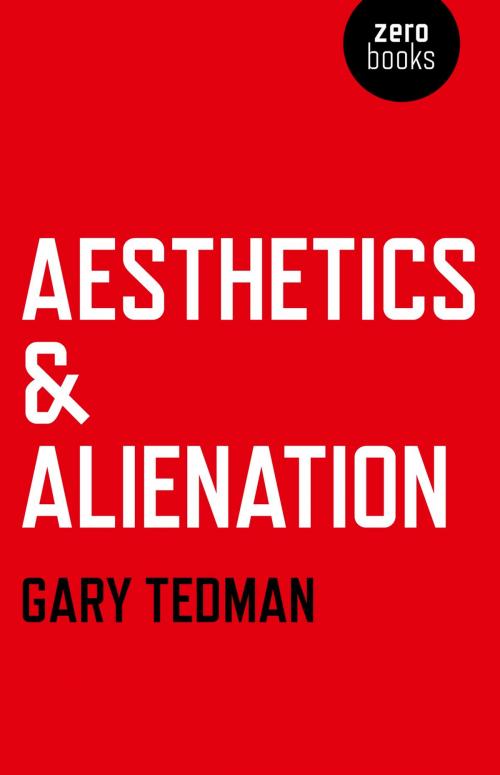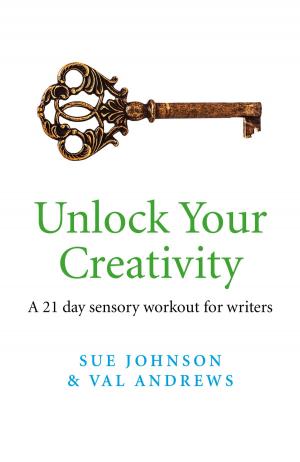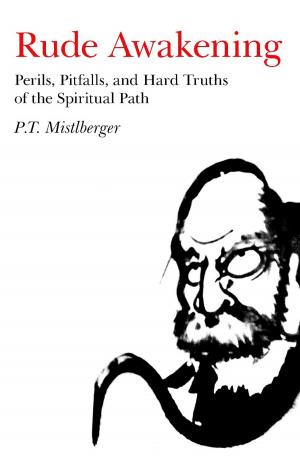| Author: | Gary Tedman | ISBN: | 9781780993027 |
| Publisher: | John Hunt Publishing | Publication: | June 29, 2012 |
| Imprint: | John Hunt Publishing | Language: | English |
| Author: | Gary Tedman |
| ISBN: | 9781780993027 |
| Publisher: | John Hunt Publishing |
| Publication: | June 29, 2012 |
| Imprint: | John Hunt Publishing |
| Language: | English |
| A complete and original theory of aesthetics based on Marx and Althusser in the modernist Marxist anti-humanist tradition (Brecht, Althusser, Benjamin, Adorno). The main concepts that arise from this work are: the aesthetic level of practice, aesthetic state apparatuses, aesthetic interpellation, and pseudo dialectics, all of which are used to understand the role of aesthetic experience and its place in everyday life. - In the space long thought as necessary to fill spanning the gap between Marx and Freud, the author proposes that aesthetics can be located and defined in a concrete way. We are therefore looking at a domain involving and implicating feelings, affections, dispositions, sensibilities and sensuality, as well as their social role in art, tradition, ritual, and taboo. With the classic Marxist concepts of base and superstructure divided into levels, economic, ideological, and political, the aesthetic level of practice is the area that has traditionally been mostly either missing or mislocated and, especially perhaps, misrepresented for political reasons. The importance of this level is that it fuels and supports the media, or as Althusser described it the 'traffic' (or mediation) between base and superstructure, although for Althusser this was ideological traffic. Here, this is also defined as aesthetic. From this vantage point, we begin to be able to see aesthetic state apparatuses, analyse how they function, both in the past, historically (for example firstly in art history), and today, in the contemporary political context, to grasp the role that art and feelings, along with affective alienation, plays in our culture as a complete and, in fact, cyclical reciprocating system. |
| A complete and original theory of aesthetics based on Marx and Althusser in the modernist Marxist anti-humanist tradition (Brecht, Althusser, Benjamin, Adorno). The main concepts that arise from this work are: the aesthetic level of practice, aesthetic state apparatuses, aesthetic interpellation, and pseudo dialectics, all of which are used to understand the role of aesthetic experience and its place in everyday life. - In the space long thought as necessary to fill spanning the gap between Marx and Freud, the author proposes that aesthetics can be located and defined in a concrete way. We are therefore looking at a domain involving and implicating feelings, affections, dispositions, sensibilities and sensuality, as well as their social role in art, tradition, ritual, and taboo. With the classic Marxist concepts of base and superstructure divided into levels, economic, ideological, and political, the aesthetic level of practice is the area that has traditionally been mostly either missing or mislocated and, especially perhaps, misrepresented for political reasons. The importance of this level is that it fuels and supports the media, or as Althusser described it the 'traffic' (or mediation) between base and superstructure, although for Althusser this was ideological traffic. Here, this is also defined as aesthetic. From this vantage point, we begin to be able to see aesthetic state apparatuses, analyse how they function, both in the past, historically (for example firstly in art history), and today, in the contemporary political context, to grasp the role that art and feelings, along with affective alienation, plays in our culture as a complete and, in fact, cyclical reciprocating system. |















